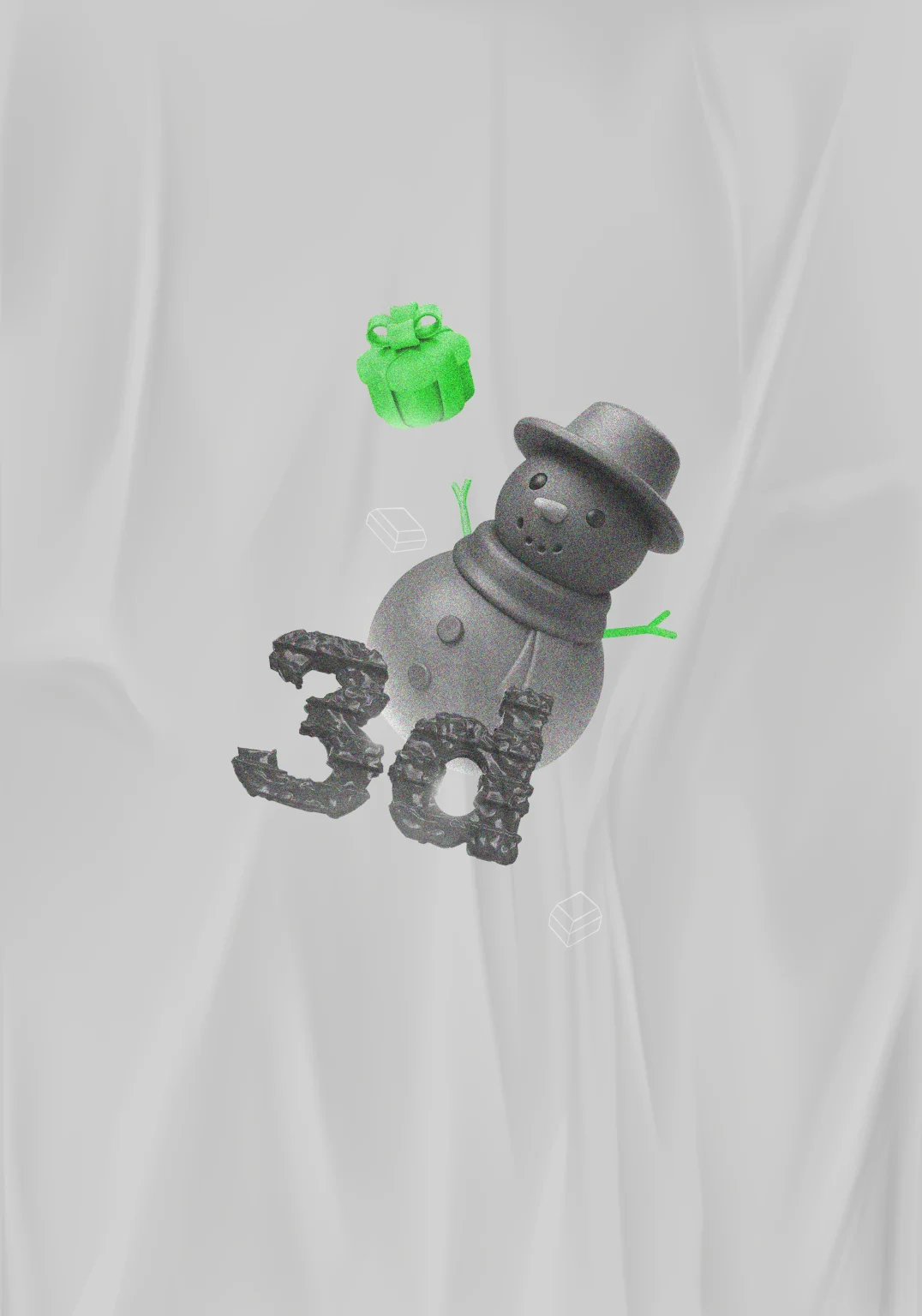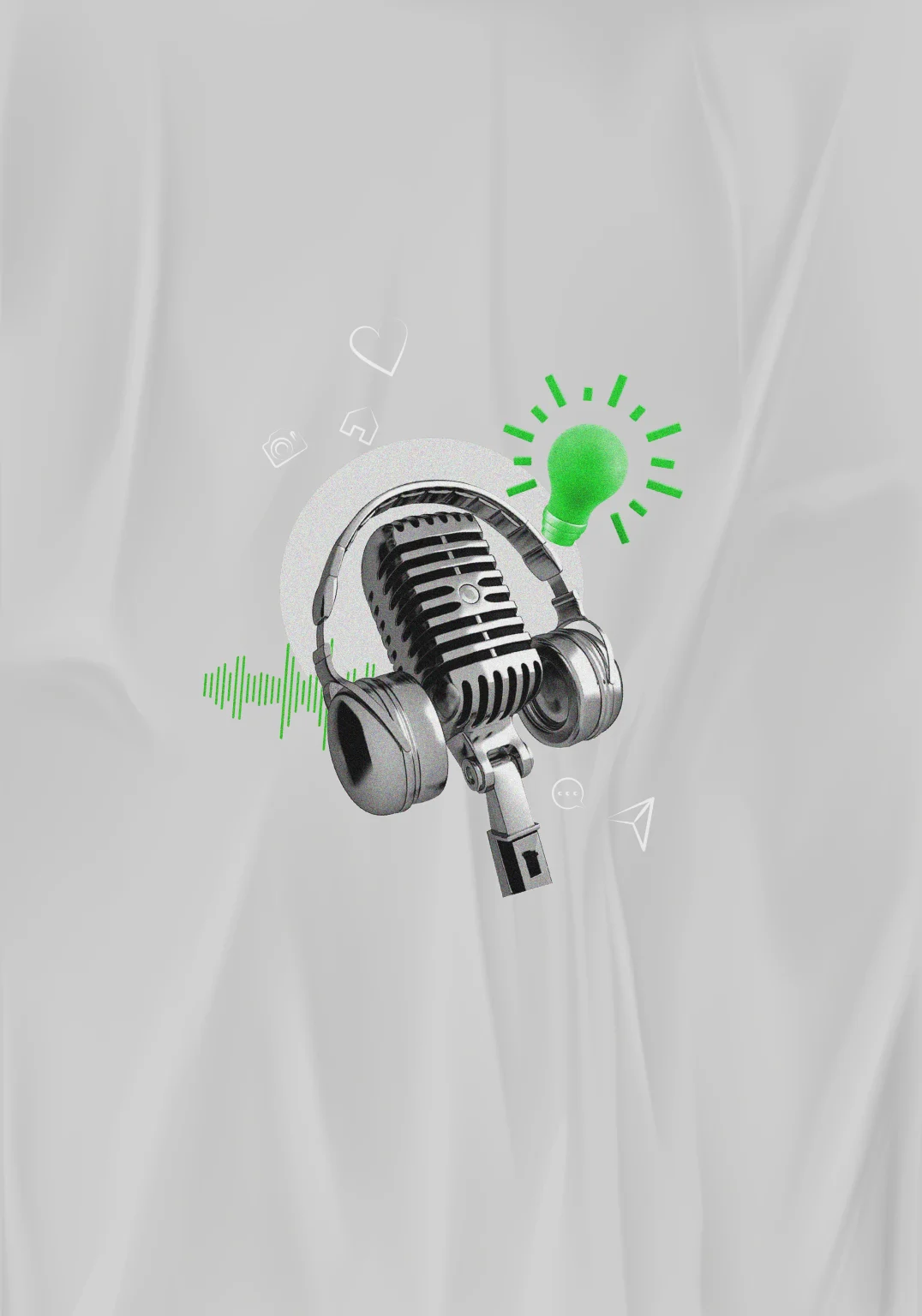Why Content Educates and Copy Sells
Ever wondered why a blog educates the audience but never tries to sell? Or why does an ad always convert but not get shared? The answer lies in the subtle difference between content and copy. Most people use it interchangeably, but as a business owner, it could cost you lesser audience reach to your brand. Copywriting and content writing are two very different skill sets, and both are essential for a successful marketing strategy. This blog will clarify the differences and help you with strategies for content creation, viral content, and lead generation.
Content vs. Copy – A Quick Definition
Content writing is about creating valuable content that engages and informs your audience. It is informative, educational, and value-adding. Long and short form blogs, ebooks, and whitepapers are often written by content writers.
Content writing is about:
- Data
- Infographics
- User manuals
- Marketing materials
- Product descriptions
Copywriting, on the other hand, is primarily used for advertising or marketing. It is often used to persuade a person or community as well as boost brand awareness. Social media content creation, billboards, and ads are some examples of copywriting.
Copywriting aims at:
- Telling a story
- Building a community
- Selling a product or service
- Engaging an audience
- Solving problems
Both these types of strategy serve different purposes but often overlap. The key is to figure out which one will help you achieve your specific business goals.
7 Key Differences Between Content and Copy
1. Purpose
Content aims to educate, whereas copy aims to persuade. Content writers focus on informative and educational writing that provides value to the reader. Copywriters write persuasive content to sell a product or service.
2. Tone
Content writing is straight to the point and packed with useful information, while copywriting is great for triggering emotions and getting people to take action.
3. Format
Content writing includes long-form content like blogs, articles, videos, and infographics. Copywriting is done for ads, CTAs, and landing pages.
4. Metrics
Content is measured by views, time on page, and shares. Copy is measured by click-through rates, sign-ups, and purchases.
5. Lifespan
Content is designed for long-term SEO and audience building. Copy is often campaign-based with short-term goals.
6. Strategy
Content focuses on informing and is often part of a larger content marketing strategy. Copy goes straight for the point; think AIDA (Attention, Interest, Desire, Action).
7. Skills
Content writing involves research skills and turning complex ideas into information that’s easy to digest for all readers. Copywriting is using psychological tactics to catch the audience’s attention and get them thinking about you.
When Content and Copy Overlap
While content and copy approach the reader from different standpoints, many effective formats combine the two. Take an example of a landing page: it begins with a blog-style intro to educate the reader, then drives with persuasive copy toward a call to action, to get them to make purchase. Or a newsletter that starts with tips and tricks and ends with a CTA to get it. This method is effective in creating a content strategy that not only informs but also converts.
How to Choose Between Content Writing and Copywriting
Knowing when to use copywriting vs content writing is important to do an efficient marketing plan. Both have different purposes, and being aware of what to use can assist you in reaching the targeted outcome.
Copywriting
Copywriting is best when the goal is to spur instant action. Its persuasive and direct nature makes it ideal for when you need the reader to do something in a hurry.
Content Writing
Content writing is most effective at creating long-term engagement and relationship-building with your audience. It works best when the aim is to give useful information, build authority, or teach readers.
Using Both
For an overall marketing plan, businesses need to use both copywriting and content writing. For example, a well-crafted blog entry can inform the audience, and then there can be an effective CTA at the end to lead them to the next step, such as signing up for a newsletter or buying a product. With a combination of both types of writing, businesses can gain immediate actions as well as long-term relationships.
Conclusion: Content Builds Trust, Copy Drives Action
Content builds the relationship, copy closes the deal. Using both strategically is essential for a balanced marketing strategy that addresses different sales funnel stages. Both require SEO knowledge, research skills, and strong persuasion skills to convert audiences into users.
Want help creating magnetic content and compelling copy? We can do both. Let’s chat.
Frequently Asked Questions
How do you create engaging content?
Start with your audience in mind. Understand their pain points, use storytelling, and layer in visuals or infographics to keep things interesting.
What makes content go viral?
Emotional resonance, relatability, and strong hooks. Consistency, timing, and catching trends are important, but the backbone is always a smart viral content strategy.
How can infographics improve content marketing?
Infographics simplify complex information, improve shareability, and enhance engagement.
What type of content generates the most leads?
Case studies, how-to guides, lead magnets, webinars, and optimised landing pages tend to be the best content for lead generation.



